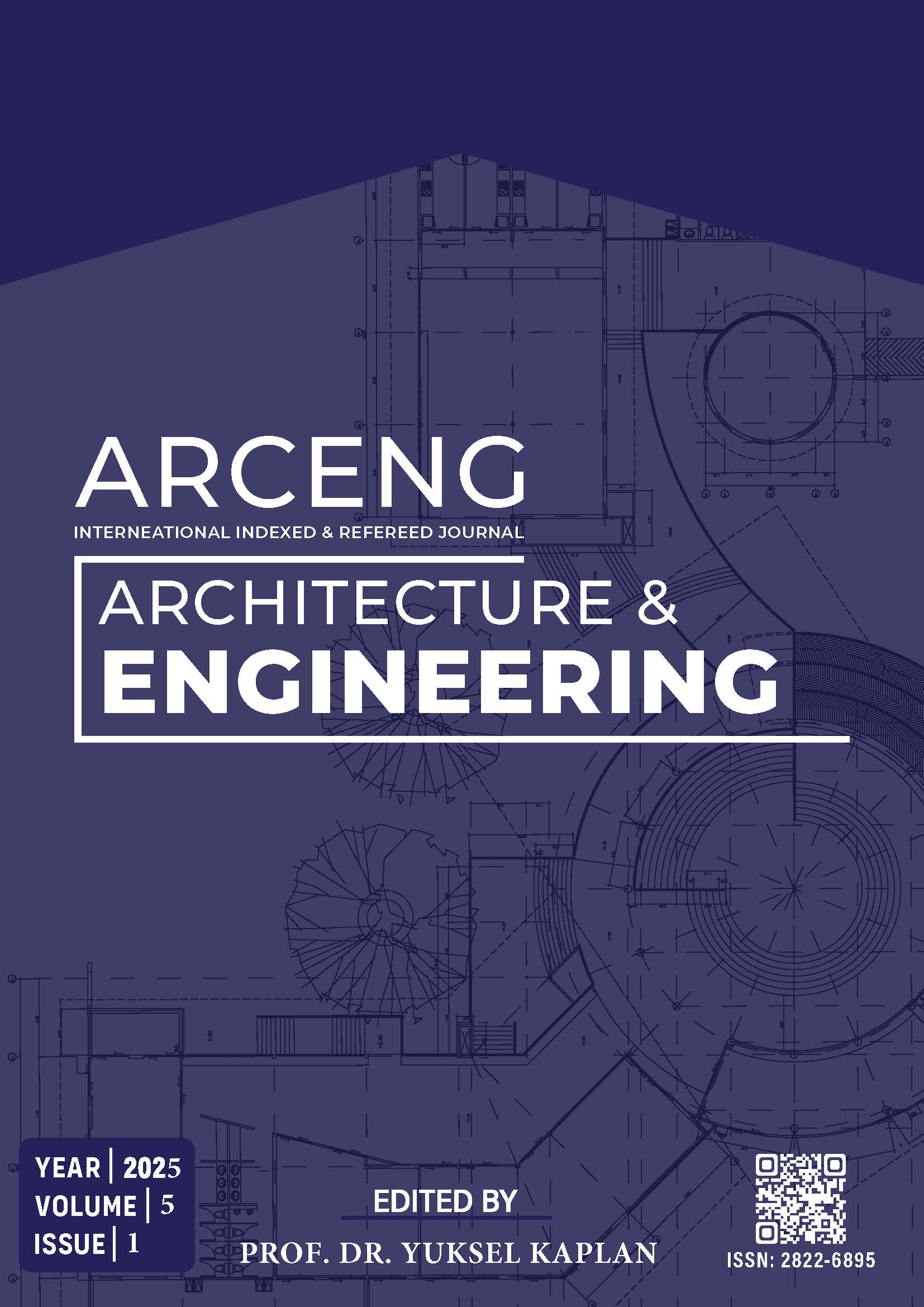Evaluation and Beneficiation Opportunities of Pyrophyllite Ore (Pütürge-Malatya)
DOI:
https://doi.org/10.5281/zenodo.15714601Keywords:
Pyrophyllite, attrition scrubbing sieving, flotationAbstract
Pyrophyllite, a hydrated aluminum silicate mineral (Al2Si4O10(OH)2) is industrially valuable due to its high refractoriness, chemical inertness, and low thermal expansion. It finds widespread use in various industries such as white cement, ceramics, refractories, plastics, paints, rubber, and cosmetics. Particularly in the ceramics industry, it is favored as a substitute for clay and feldspar due to its minimal volumetric changes during firing and high-temperature resistance. The commercial viability of pyrophyllite ore is largely contingent upon its purity, mineralogical composition, and particle size. Raw pyrophyllite ores frequently occur in association with other minerals, including quartz, mica, chlorite, and feldspar. These impurities invariably diminish the industrial utility of pyrophyllite, thereby underscoring the critical importance of beneficiation processes. The escalating demand for pyrophyllite in industrial applications necessitates the development of effective and economic beneficiation techniques to yield high-purity products with desired characteristics. Among these techniques, attrition scrubbing combined with classification, leveraging pyrophyllite's low hardness and brittleness, and flotation, exploiting its natural hydrophobic properties, have emerged as prominent methods. In this study, a pyrophyllite ore characterized by a relatively low alumina content (20.64% Al2O3) and high silica content (73.41% SiO2), obtained from the Pütürge (Malatya) pyrophyllite deposit, was subjected to beneficiation through attrition scrubbing+sieving and flotation. The beneficiation result from attrition scrubbing+sieving yielded a product with 29.33% Al2O3 and 61.85% SiO2 at a particle size of -75 µm. Also, flotation beneficiation resulted in a pyrophyllite concentrate containing 27.01% Al2O3 and 65.56% SiO2 with a particle size of -150 µm.
References
Birinci M., & Erdemoğlu M. (2016). Enrichment Of Pütürge Malatya Turkey Low Grade Pyrophyllite Ore By Attrition Scrubbing And Flotation. 15th International Mineral Processing Symposium(IMPS 2016), 455-466.
Clarke, G.M. (1999). Industrial Minerals. British Geological Survey.
Erdemoğlu, M. (2023). Pirofillit, Endüstriyel Mineraller El Kitabı (Editörler: Prof. Dr. A.Ekrem Yüce, Prof. Dr. Güven Önal, Prof. Dr. M. Olgaç Kangal, Dündar Ergunalp), İstanbul Maden İhracatçıları Birliği Yayını, İstanbul.
Güven, N. (1988). Smectites. Reviews in Mineralogy and Geochemistry, 19(1), 497-559.
Harben, P.W., & Bates, R.L. (1990). Industrial Minerals: Geology and World Deposits. Industrial Minerals Division, Metal Bulletin plc.
Kelly, J.D., & Spottiswood, D.J. (1982). Introduction to Mineral Processing. John Wiley & Sons.
Murray, H.H. (2002). Industrial clays: their genesis and applications. Applied Clay Science, 19(5-6), 7-20.
Wills, B.A., & Napier-Munn, T.J. (2005). Wills' Mineral Processing Technology: An Introduction to the Practical Aspects of Ore Treatment and Mineral Recovery. Elsevier.
Downloads
Published
How to Cite
Issue
Section
License
Copyright (c) 2025 ARCENG (INTERNATIONAL JOURNAL OF ARCHITECTURE AND ENGINEERING) ISSN: 2822-6895

This work is licensed under a Creative Commons Attribution-NonCommercial 4.0 International License.


